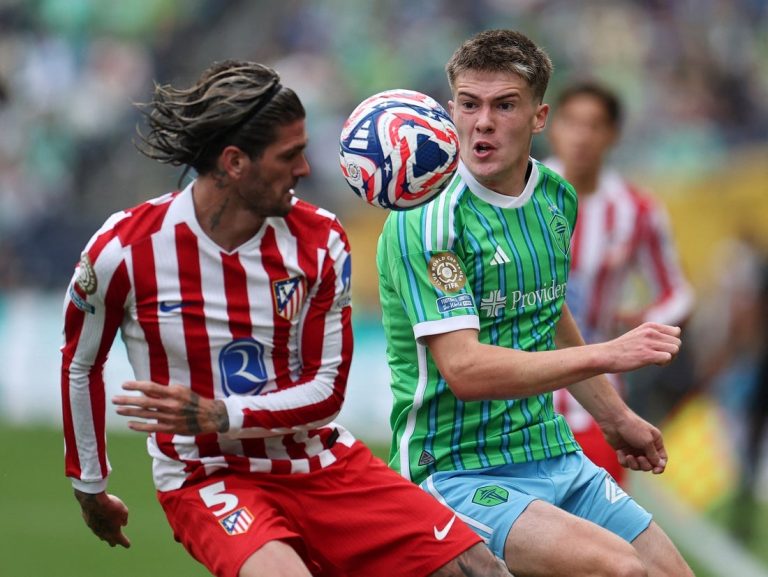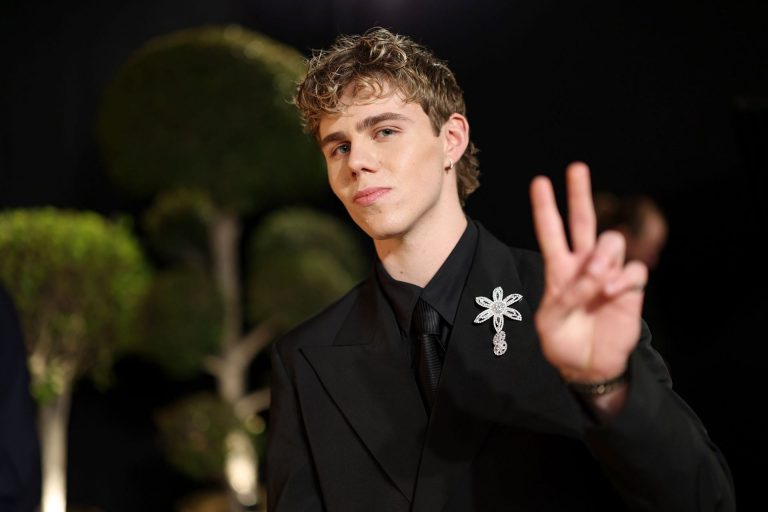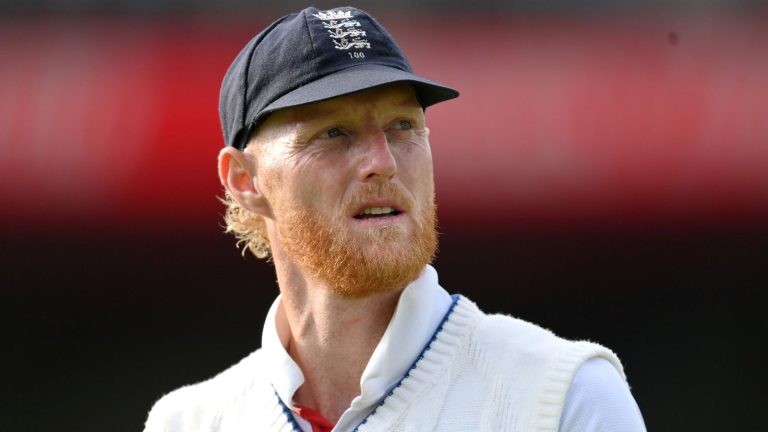There are three ways to win a premiership in the NRL but unfortunately for some clubs, they are stuck in a fourth option, continually are in a spin cycle of mediocrity.
Premierships are won when clubs build the core of their team from a significant investment in their junior talent or by successfully scouting players before they become high-priced recruits or the time-honoured method of splashing the cash.
If you look through the premiers since the formation of the NRL in 1998, each of them falls into one of these three categories.
The Panthers, the current kings of the NRL jungle, are the perfect example of how a club can hit the jackpot if they invest in their local talent.
But no other NRL club has a breeding ground as strong as Penrith all to themselves and some franchises have little to no junior structures at all.
Penrith have made five straight grand finals, winning the past four of them, with a side anchored by their golden generation of local products like Nathan Cleary, his childhood buddy Jarome Luai, Stephen Crichton and Brian To’o as well as teenage country imports Isaah Yeo, Dylan Edwards and Liam Martin.
Very few members of the four premiership-winning Panthers teams were established first-graders before they came to the club but such is the strength of their junior pipeline, they can afford to sustain body blows like the loss of Luai, Crichton, James Fisher-Harris and co and still be title contenders even if they have slipped a notch behind Melbourne in the early stages of the race for this year’s title.
The Roosters and the Storm have been the other two teams to dominate NRL grand final night over the past decade, and they have successfully followed a formula of scouting the best young talent when they’re in their late teens to form the backbone of their trophy-winning line-ups.
Neither club has much of a junior base to speak of, but their executives have invested heavily in recruiting blue-chip prospects with the majority of their star players in recent times coming through their pathway system after being identified as having the right stuff.
The likes of Boyd Cordner, Sam Walker, Latrell Mitchell, Anthony Minichiello, Daniel Tupou were brought to Sydney’s east as skinny teenagers with potential before hitting the big time in one of the most impressive golden eras of the foundation club.
Melbourne have a lengthy history of choosing players from NSW and Queensland starting off with Cameron Smith, Billy Slater, Greg Inglis and Cooper Cronk, and in more recent years Cameron Munster, Harry Grant, Jahrome Hughes and Ryan Papenhuyzen, who were not given much of a run or any hint of a first-grade career elsewhere before becoming superstars at the Storm.
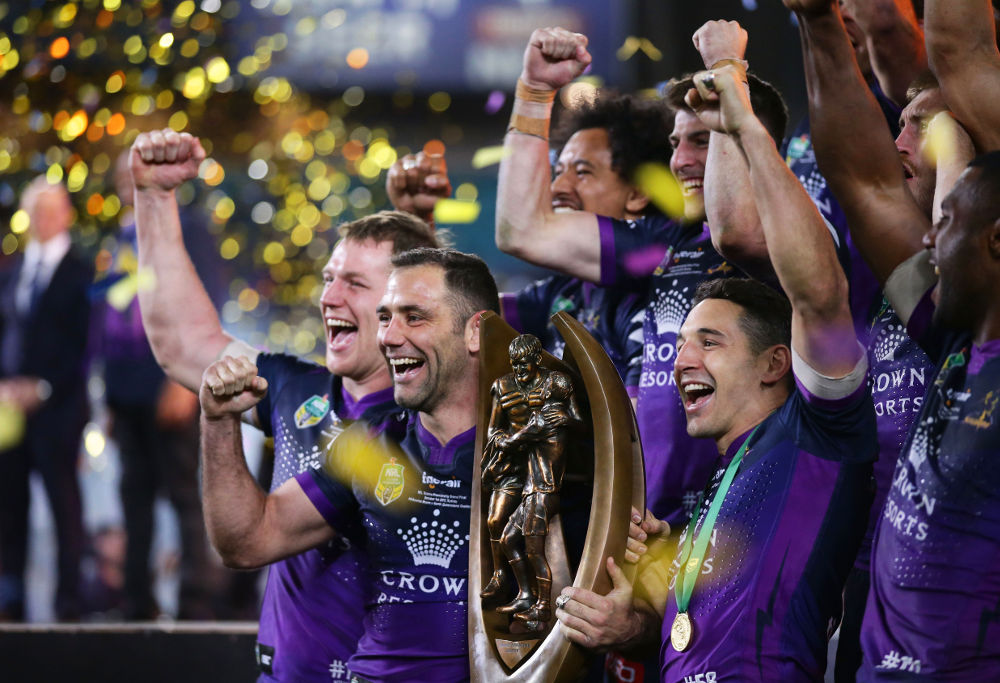
(Photo by Matt King/Getty Images)
It is bizarre that Hughes made his NRL debut at the Titans, his only game at the club in 2013, racked up another match at the Cowboys three years later before joining Melbourne the following season to now have 151 games, a premiership ring and a Dally M Medal in his kitbag.
The chequebook method of splashing the cash on established stars is not as successful as you might think since the salary cap came into being in 1990.
It’s hard to read too much into the cap’s influence for the majority of that decade because some teams voluntarily operated at a lower level than the rich clubs and the Super League war sent player payments sky-rocketing.
Loyalty deals – to both the ARL establishment and the Super League rebels – were counted outside the salary cap for several years after the competition reunited in 1998 while joint venture clubs were allowed major concessions as they tried to get their books in order.
Melbourne’s 1999 Cinderella side is a rare example of a champion team which was put together with dollars and sense rather than a side that developed over the course of at least a few years.
Signing sprees usually end in failure and very few of the subsequent premiers have been formed this way – the key players for South Sydney in 2014 were high-profile recruits in Inglis, Sam Burgess and his twin brothers, and Ben Te’o while Cronulla’s historic maiden champions were also the result of astute purchases with Luke Lewis, Andrew Fifita, James Maloney and Ben Barba crucial to their grand final win over the Storm.
For many NRL clubs, the problem is their coaches and chief executives are intent on short-term success to keep their job rather than what can often be a slow and painful rebuild to get to the promised land.
The notion of taking a step or two backwards to go a long way forwards is foreign to most of the key decision makers in NRL clubland.
Wests Tigers are an example of a club which has been mired in mediocrity, occasionally rising to the not so dizzying heights of ninth, during their 13-year playoff drought.

Sunia Turuva celebrates scoring a try. (Photo by Darrian Traynor/Getty Images)
And only now after achieving seldom seen unity in the boardroom and a roster stripped bare of all the overpaid contracts that were meted out in recent years in desperation, the club now finally has a team that is on an upward trajectory.
The Tigers have centred their hopes around the development of their top young prospects like Lachie Galvin, Jahream Buller, Tallyn da Silva and Fonual Pole, with help from key recruits in Luai, Terrell May, Royce Hunt and Sunia Turuva.
It has been refreshing to see new Eels coach Jason Rles, who was renowned in his playing days for being short-sighted at times, take a calm and unapologetic approach after his team has been on the receiving end of a couple of hidings in the first two rounds.
He may be a rookie coach but he knows he had to make tough calls to shed Parra of some bloated contracts for ageing stars so that they can endure some short-term pain to potentially achieve long-term gain in their quest to end the NRL’s longest title drought which will almost certainly stretch beyond four decades.
Shane Flanagan has tried to do likewise at St George Illawarra but he has probably been too reliant on older players under his watch at the expense of developing younger prospects, both last season when they went within a whisker of the finals and this year.
The club needs to ask the question whether they are on a pathway to a premiership or simply plugging holes in the dyke for a few seasons with acceptable results before the current players need to be replaced with younger options who have the potential to break the club’s premiership drought which stretches back to 2010.
North Queensland also appear to be trying to rebuild their roster while trying to remain in top-four contention after making the second round of last year’s playoffs.
They have been dreadful in losing their opening two matches and the fact that coach Todd Payton dropped one of their rising stars in Maroons forward Jeremiah Nanai after just one game shows that his patience is running thin, perhaps concerned that his message is not sinking in.
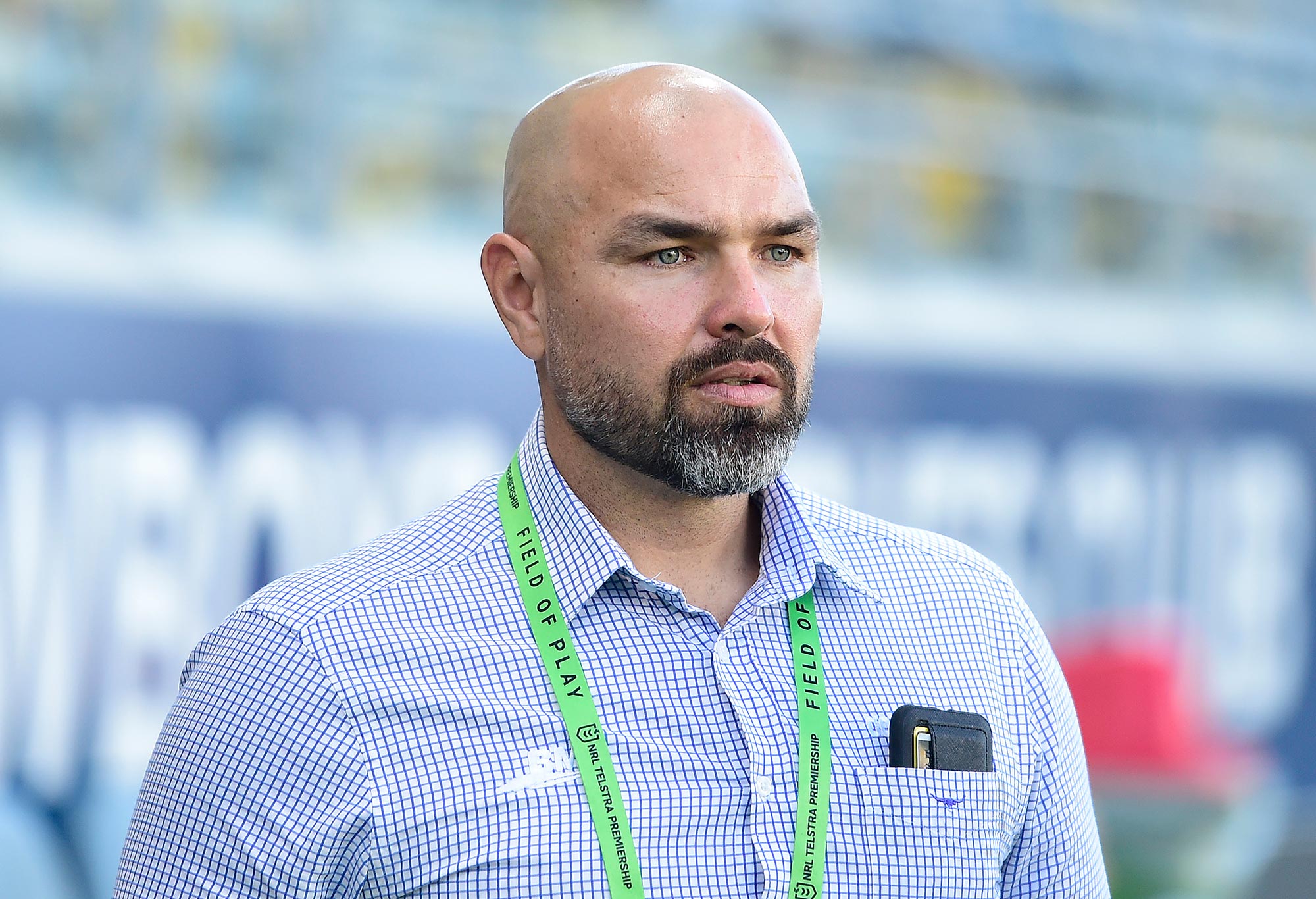
(Photo by Ian Hitchcock/Getty Images)
And if the players don’t respond soon, then he will be the first coach on the NRL hot seat for 2025.
There were plenty of pot shots taken at Phil Gould when he took over at the Panthers more than a decade ago, mocked for having a five-year plan but in actual fact every club needs to be thinking that far into the future and beyond to have any hope of sustained success.
Fortunes can occasionally change very quickly in the NRL when teams like the 2003 Panthers and 2005 Wests Tigers come from nowhere to win it all but for the most part scaling the heights of grand final glory doesn’t happen unless clubs commit to a long-term vision, knowing that there will be bumps along the way, with the belief that it will pay off down the track.
Of the 17 teams lining up for this year’s premiership it looks like around half of them are not operating from that playbook and will fall victim to their short-sighted viewpoint.

